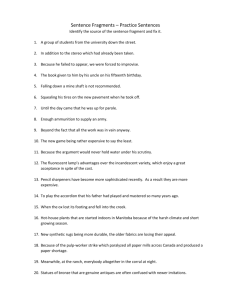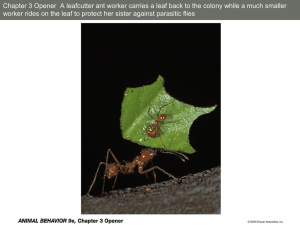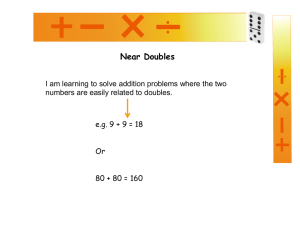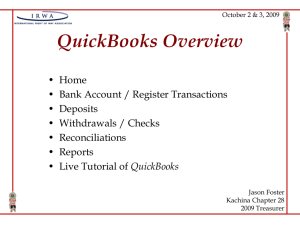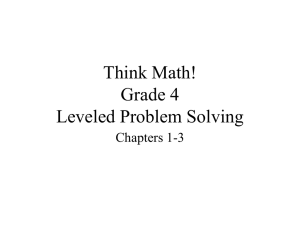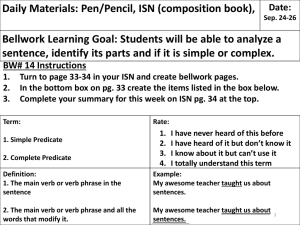Singapore Math Model Drawing: A Step-by-Step Guide
advertisement
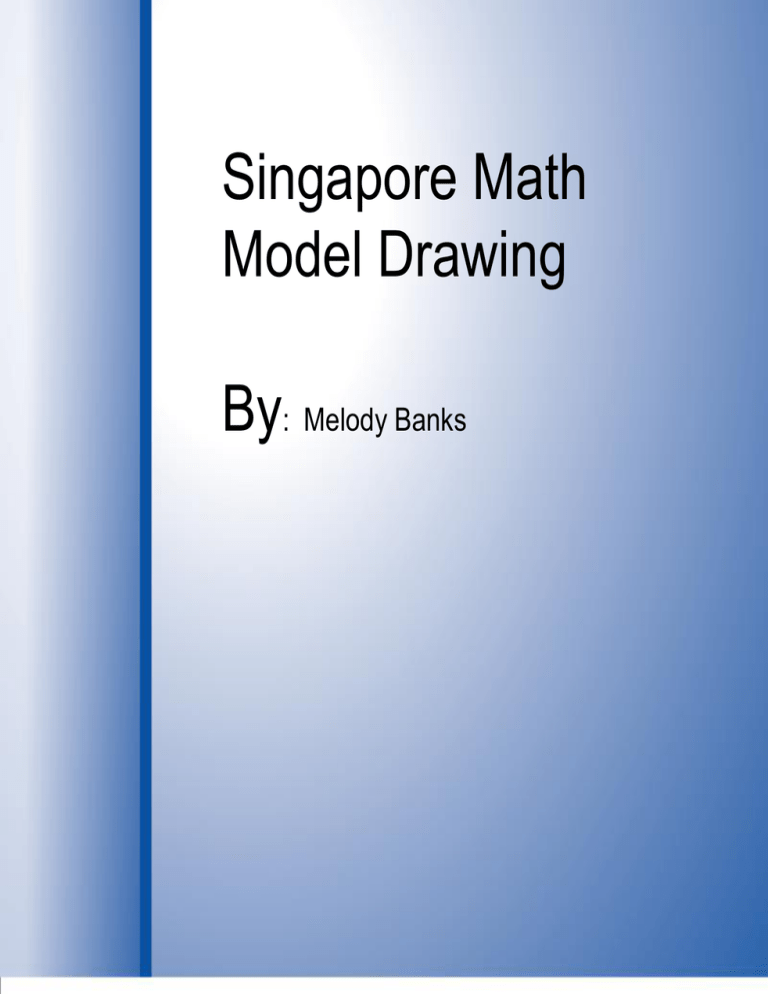
Singapore Math Model Drawing By: Melody Banks Photographer: Jimmy Cardosi For more information Jane had 264 erasers. She had 7/8 as many sharpeners as erasers. She had 7 times as many markers as sharpeners. How many markers did Jane have? 7 Steps to Success P hoto Credits: http://tinyurl.com/mkovrzq Instead they will..... 1. Read the problem 2. Rewrite the question as a statement while leaving a blank for the answer 3. Determine the variables (who & what) 4. Draw a unit bar 5. Chunk the unit bar & place a question mark to indicate what to solve for 6. Computation 7. Fill the answer in the blank Model drawing gives students a concrete, reliable set of seven steps that they can use to solve most word problems. For example: adding, subtracting, LCM, GCF, algebra, geometry Kids will not have to memorize different strategies and techniques and know when to use each one anymore. We are going to solve an addition problem together by using the seven steps. Golden Rules of Addition: Draw unit bars on the smaller side, so you can add to them. You can use pattern blocks, cubes, etc. for younger students to represent units. Let's have sum fun with addition problems. Tim had 4 more cookies than Jason. If Jason had 12 cookies, how many did they have altogether? 1. Read Problem 2. Rewrite the question in sentence form and leave a blank for the answer. 3. Determine the who or what 4. Draw the unit bars 5. Chunk the problem, adjust the unit bars, and fill in the question mark. 6. Compute the problem. 7. Write the answer in the sentence and make sure it makes sense. Let's Play..... Let's Make a Deal Amanda has 6 more cookies than Glenda. If Glenda had 13, how many did they have together? Subtraction model drawing: GOLDEN RULE *Most subtraction problems require you to draw a longer unit bar to begin with. *It's really helpful to identify the segment of the unit you are subtracting and draw a diagonal slash (sometimes called a vertical slash even though it's not exactly vertical) through the value. Kim and Molly started out with an equal amount of coins for the game room. Kim lost 12 coins, and Molly got another 23 coins from her mom. How many more coins did Molly have in the end? 1. Read the problem. 2. Rewrite the question in sentence form, leaving a space for the answer. 3. Determine who and/or what is involved in the problem. 4. Draw the unit bar(s). 5. Chunk the problem, adjust the unit bars, and fill in the question mark. 6. Correctly compute and solve the problem. 7. Write the answer in the sentence. et's Play...... L Le t's Make a Deal Carol and Jean started out with equal amounts songs on their ipod. Carol lost 15 songs, and Jean downloaded another 45 songs. How many more songs did Jean have in the end? Golden Rules of Multiplication When a problem says, "There were 3 times as many," this is where students will make a mistake. Students need to focus on adding one unit to the unit bar at a time. This is called the counting method. When you have 3 times as many you would just add two more units for that amount. Students may try to add 3 times as many to the base unit. Tina had 3 times as much money as Amber. Jason had 2 times as much money as Amber. If Jason had $98.00, how much money did Tina have? 1. Read the problem. 2. Rewrite the question in sentence form, leaving a space for the answer. 3. Determine who and/or what is involved in the problem. 4. Draw the unit bar(s). 5. Chunk the problem, adjust the unit bars, and fill in the question mark. 6. Correctly compute and solve the problem. 7. Write the answer in the sentence. et's Play...... L Le t's Make a Deal Tim had 8 times as many face book friends as Henry. Henry had 6 times as many face book friends as Sherry. If Sherry had 98 face book friends, how many did Tim have? et's Play...... L Le t's Make a Deal Jane had 264 erasers. She had 7/8 as many sharpeners as erasers. She had 7 times as many markers as sharpeners. How many markers did Jane have? Singapore does something dramatically different when it comes to wordproblems. It relies on model drawing, which uses units to visually represent a word problem. Students learn to visually represent what a wordproblem is saying so they can understand the meaning and thus how to solve a problem. Singapore Math Progresses From..... 1. Concrete - Manipulatives 2. Solving Word Problems - Model Drawing 3. Abstract - Where Numbers Represent Symbolic Values I hope you have some new tricks to put in your teacher bag!
